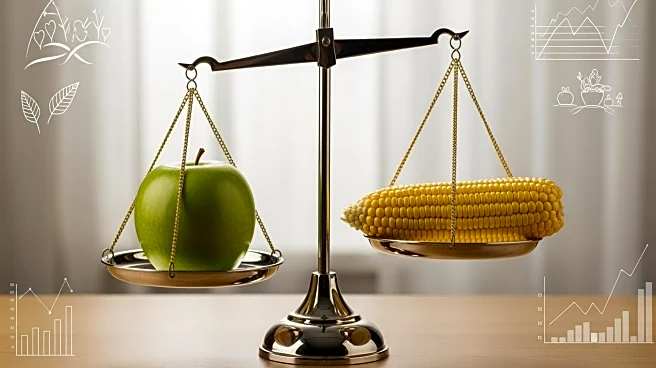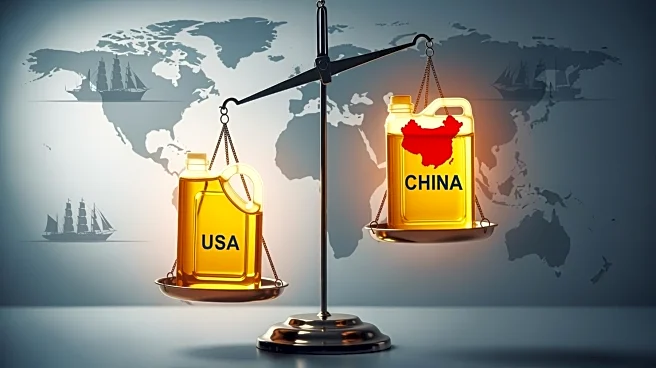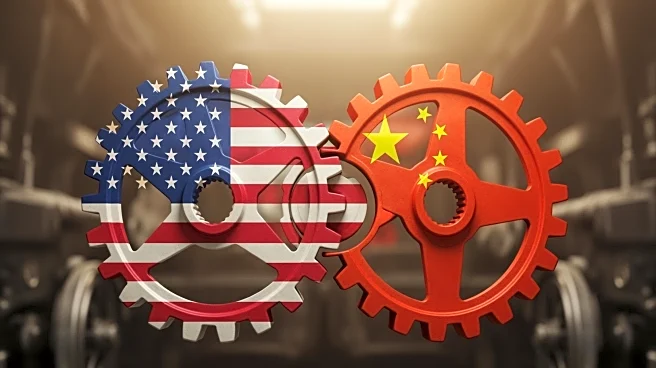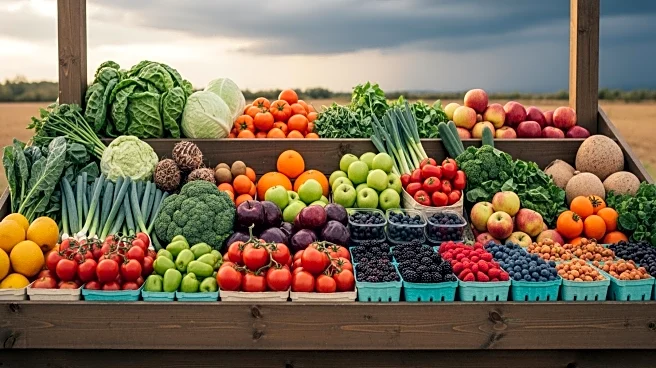What's Happening?
President Trump has announced that his administration is working on measures to reduce beef prices, which have been higher than desired due to low cattle numbers and government policies, including tariffs on Brazilian imports. The announcement led to significant
pressure on cattle futures, with December live cattle ending the day down $6.05 at $241.83 per hundredweight and November feeder cattle closing down $9.25 at $371.70 per hundredweight. The market saw a flush of weak longs, particularly in feeder cattle, following the White House's statement. Despite the pressure, reports of cash trades at higher prices limited losses in live cattle.
Why It's Important?
The high beef prices have been a concern for consumers and the agricultural industry, impacting affordability and market dynamics. President Trump's initiative to lower these prices could have significant implications for the beef market, potentially easing consumer costs and affecting cattle producers' profitability. The tariffs on Brazilian imports have contributed to the high prices, and any changes in policy could alter trade dynamics and market stability. Stakeholders in the beef industry, including producers and retailers, are closely monitoring these developments as they could influence pricing strategies and supply chain operations.
What's Next?
The market will be watching for further details on the administration's plans to lower beef prices. Potential policy changes or trade agreements could be forthcoming, impacting both domestic and international beef markets. Stakeholders may need to adjust their strategies in response to any new regulations or shifts in import tariffs. The agricultural sector will be assessing the potential impacts on cattle production and pricing, while consumers may anticipate changes in beef affordability.
Beyond the Headlines
The announcement highlights the broader issue of government influence on agricultural markets and the balance between domestic production and international trade. The tariffs on Brazilian imports illustrate the complexities of trade policies and their effects on market prices. This situation underscores the need for strategic policy decisions that consider both economic and consumer impacts, as well as the sustainability of domestic agriculture.














